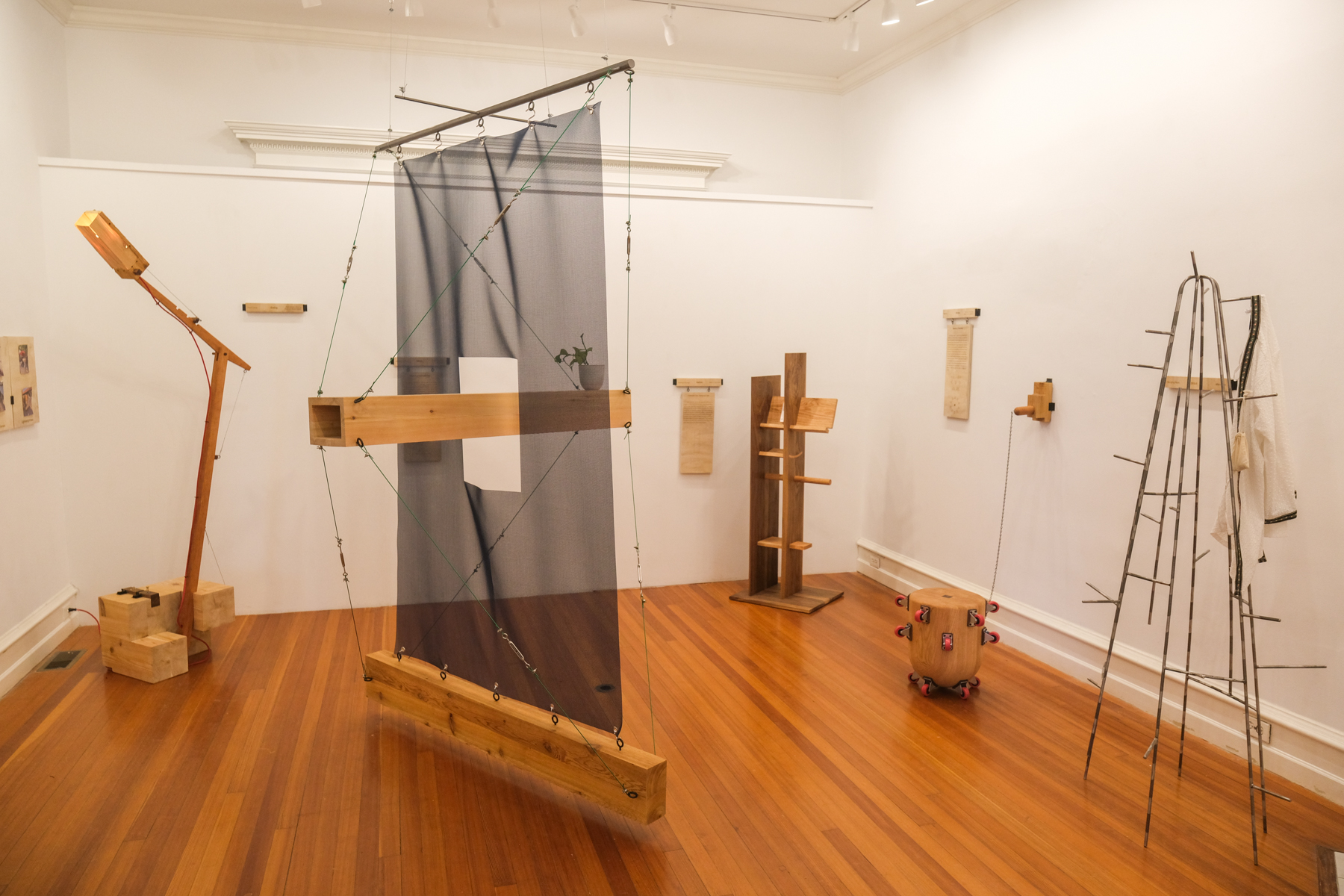

Foreign Objects:
MFA- Furniture Design Thesis. 2024.
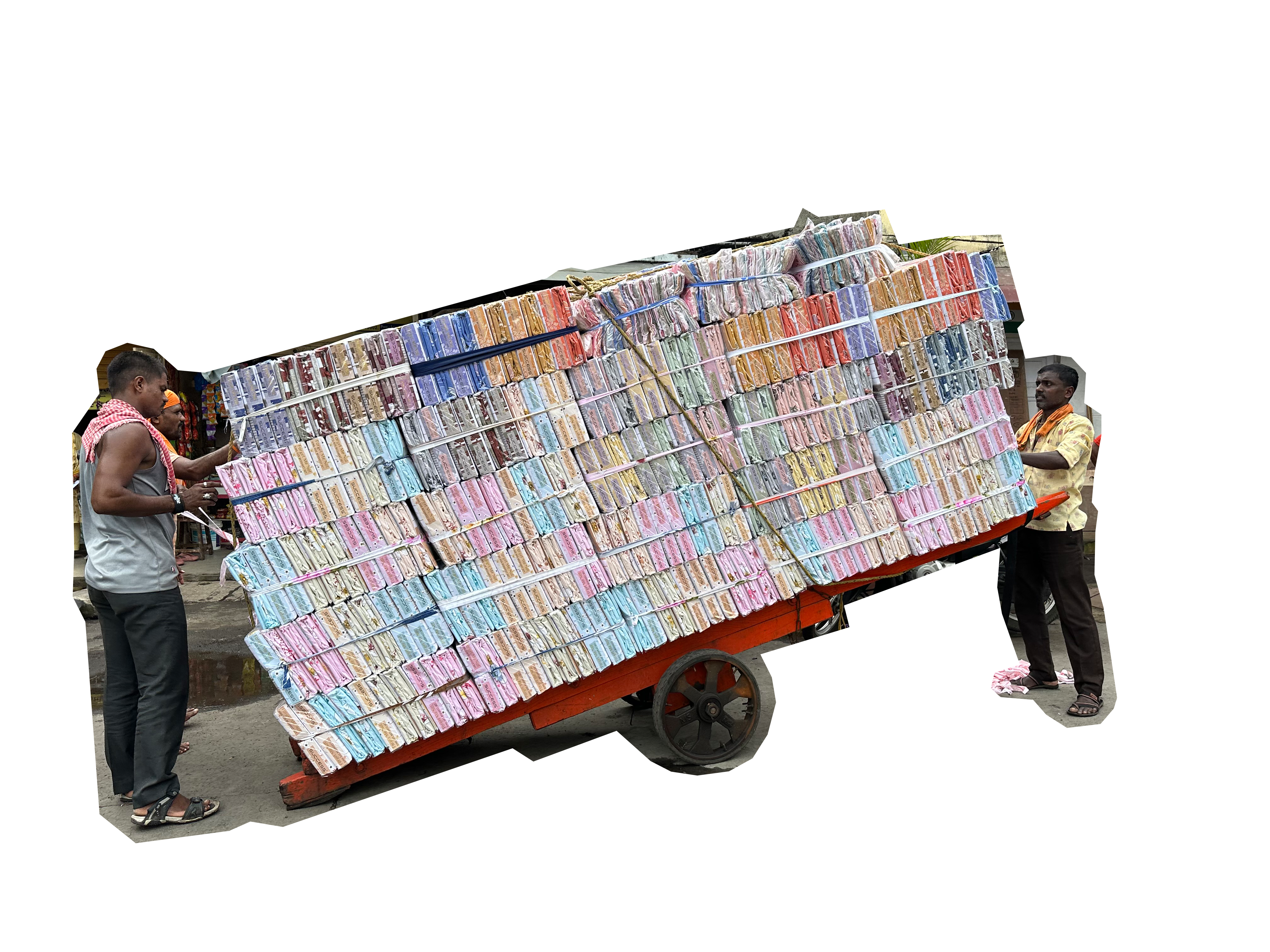
The goal of this thesis was to broaden the vocabulary of contemporary furniture design by analyzing the objects and spaces used by street vendors in Mumbai, India, through the lens of deconstruction theory.




From the Industrial Revolution, to Ford’s assembly line, to the late-stages of capitalism we find ourselves in, design and production have been increasingly restricted by convention and more increasingly, by the limitations of the processes of production.

Homogeneity— the idea that goods of the same type are interchangeable and they have the same value and characteristics— dictates how manufacturers and consumers interact with mass-produced goods
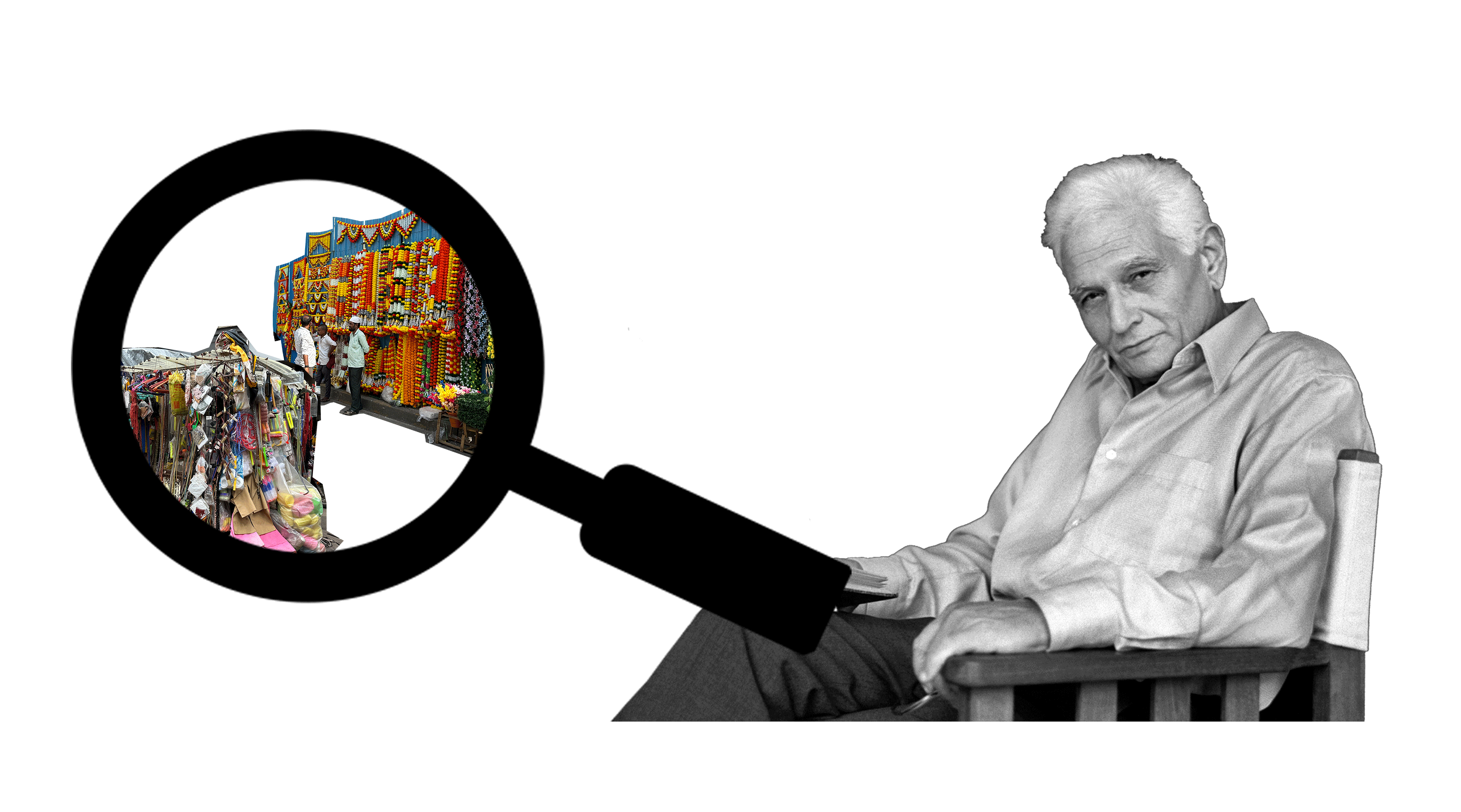
In the seeming chaos of this “un-system”, through the analysis of a broad cross section of the innumerable typologies and configurations a common “language” begins to surface. In order to analyze the language of these objects and spaces, the idea of Différance— a key aspect of deconstruction theory— was adopted. Différance, meaning both a difference and an act of deferring, says one should analyze the binaries inherent to the language-system.
Three of the several binaries of this language were identified as:


Intended Use / Assigned Use


Mobility / Staticity
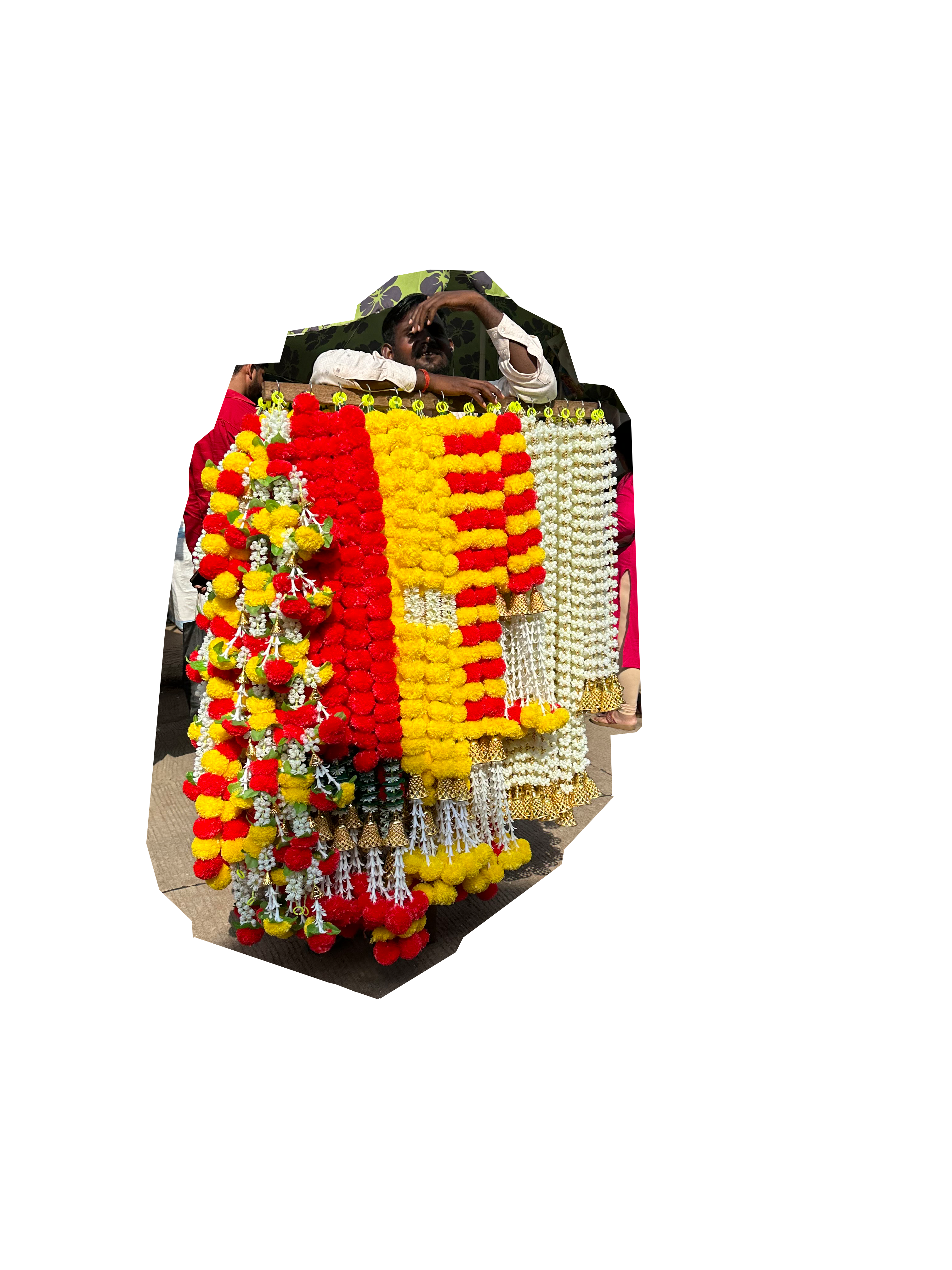

Lightweightness / Massiveness
The collection explores a coalescence of these seemingly binary principles and their relationships. Although the pieces appear disparate and quirky, they share a subtle dialogue through materiality, processes and ideas
Switch. Seating/Storage. Walnut & Red Oak.
The first object explores the binary of intended and appropriated use. The piece was envisioned as a single form that can serve dual functions, each aiding the other.
When oriented vertically, each individual profile dictates how that particular shelf is used, drawing from the specific ways in which street vendors store and display individual items.
The form can be re-oriented when required to serve as a bench, with a floating panel to hold objects.
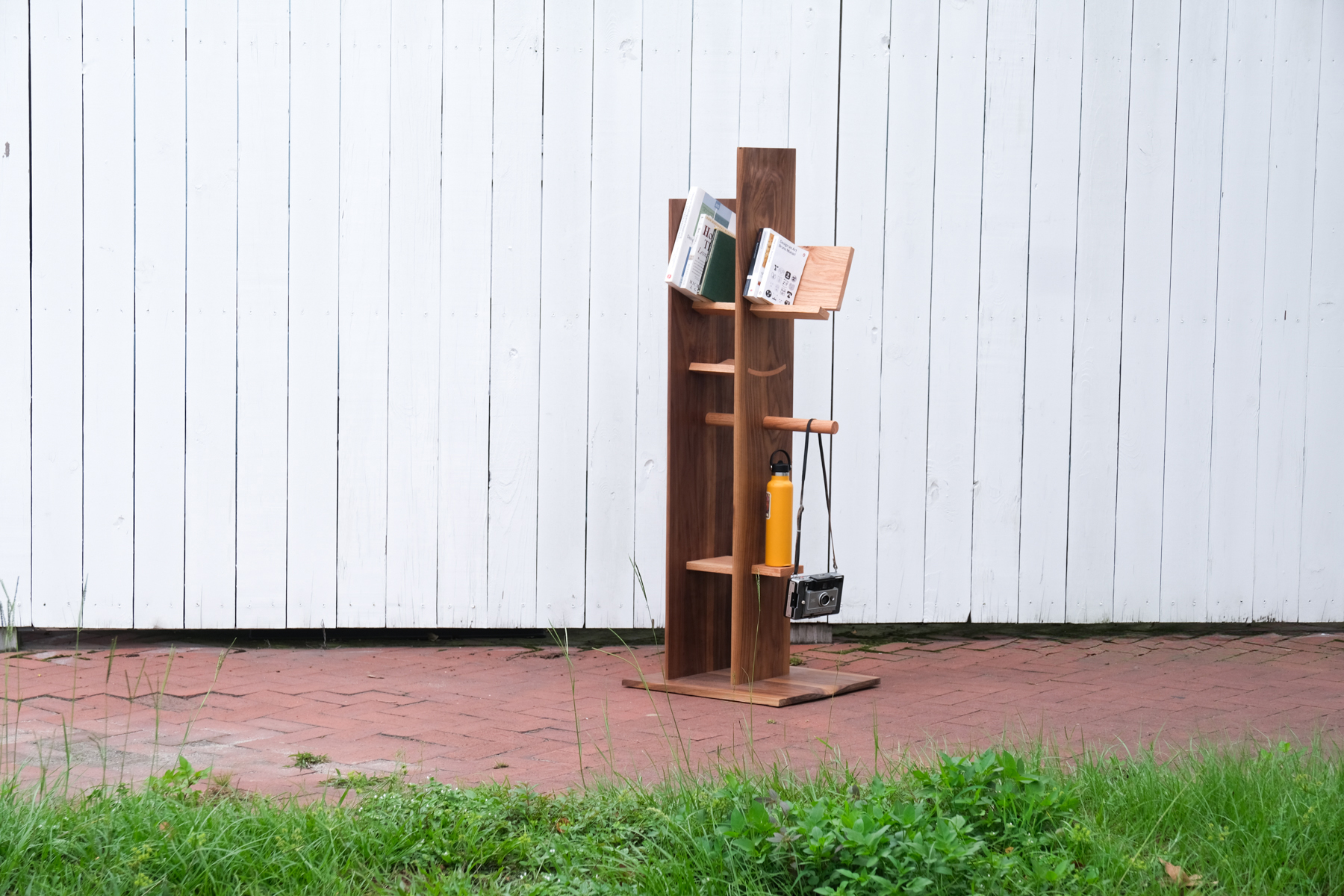


Budge. Seating. Walnut, Red Oak, Cedar & Lacewood.
This second piece explored the binary of mobile and stationary objects, interpreted as the most rudimentary form of seating, the stool.
In the upright orientation the five casters hitting the ground work against each other and the volume sits extremely stable, and functions as a stool.
On tugging the chain, the stool tips over and is made mobile as only three of the fifteen wheels make contact with the ground.
The handle is housed in a cedar wood volume that ties the mobile object to the space it occupies and questions further the idea of mobility and staticity.




Wisp. Display/Screen. Vinyl Mesh, Cedar & Mild Steel.
The third object explores the binary of massive and lightweight elements.
A vinyl mesh, a surface that through its translucency only alludes to material, was held in tension by a massive cedar wood volume.
The lightweight and massive elements each depend on each other in the relationship between suspension and tension, playing with the manner in which this relationship exists within the objects and spaces of the vendors.
The volume holding the whole structure down in tension is the same as the one that has been hollowed out from the central shelf, playing with the idea of mass and voids.


Several other pieces at different scales explore more loosely, the facets of the language we are trying to understand.
An articulating floor lamp, a hanging rack and a small jewelry holder, each speak to different aspects of the language they come from.




The collection was exhibited Cedar House Gallery in Savannah, Georgia, USA, in June 2024.

